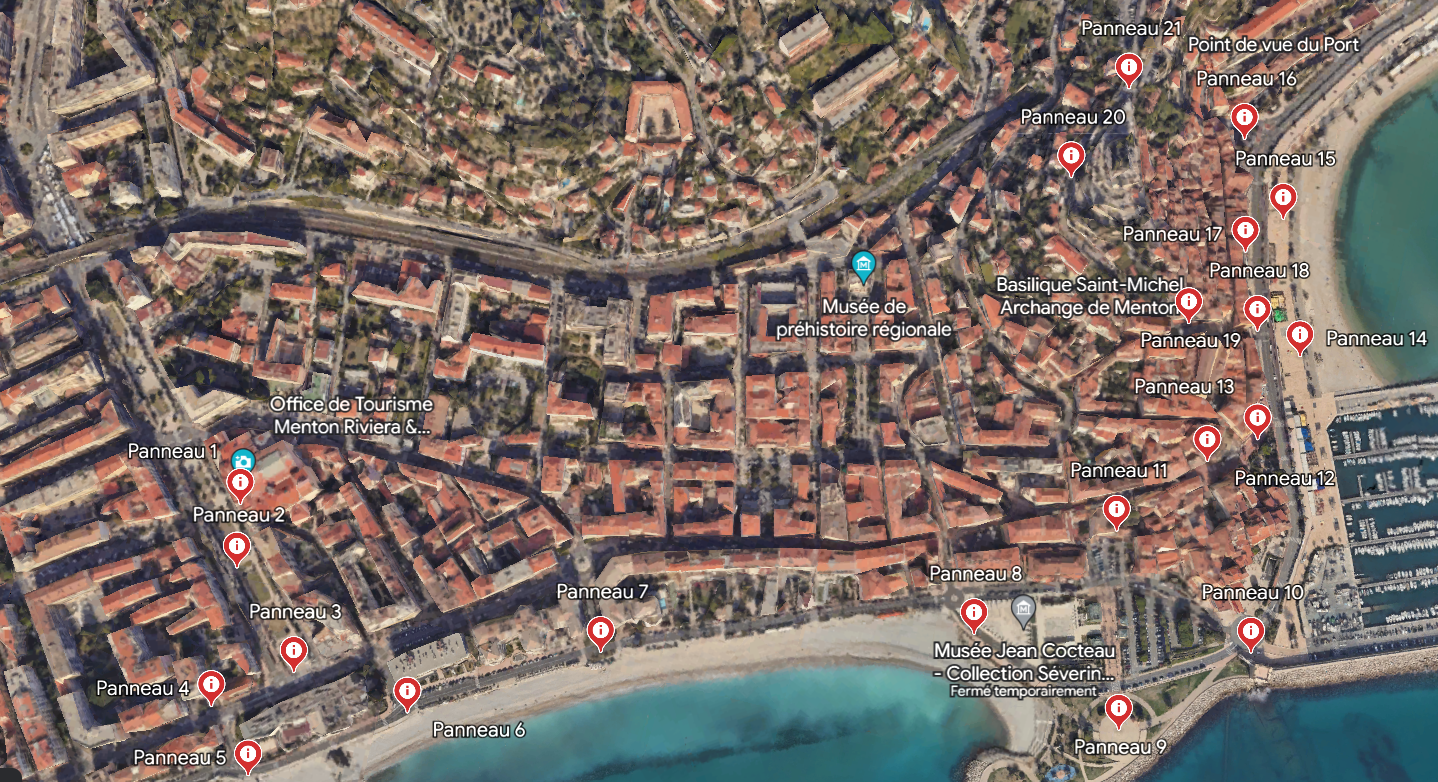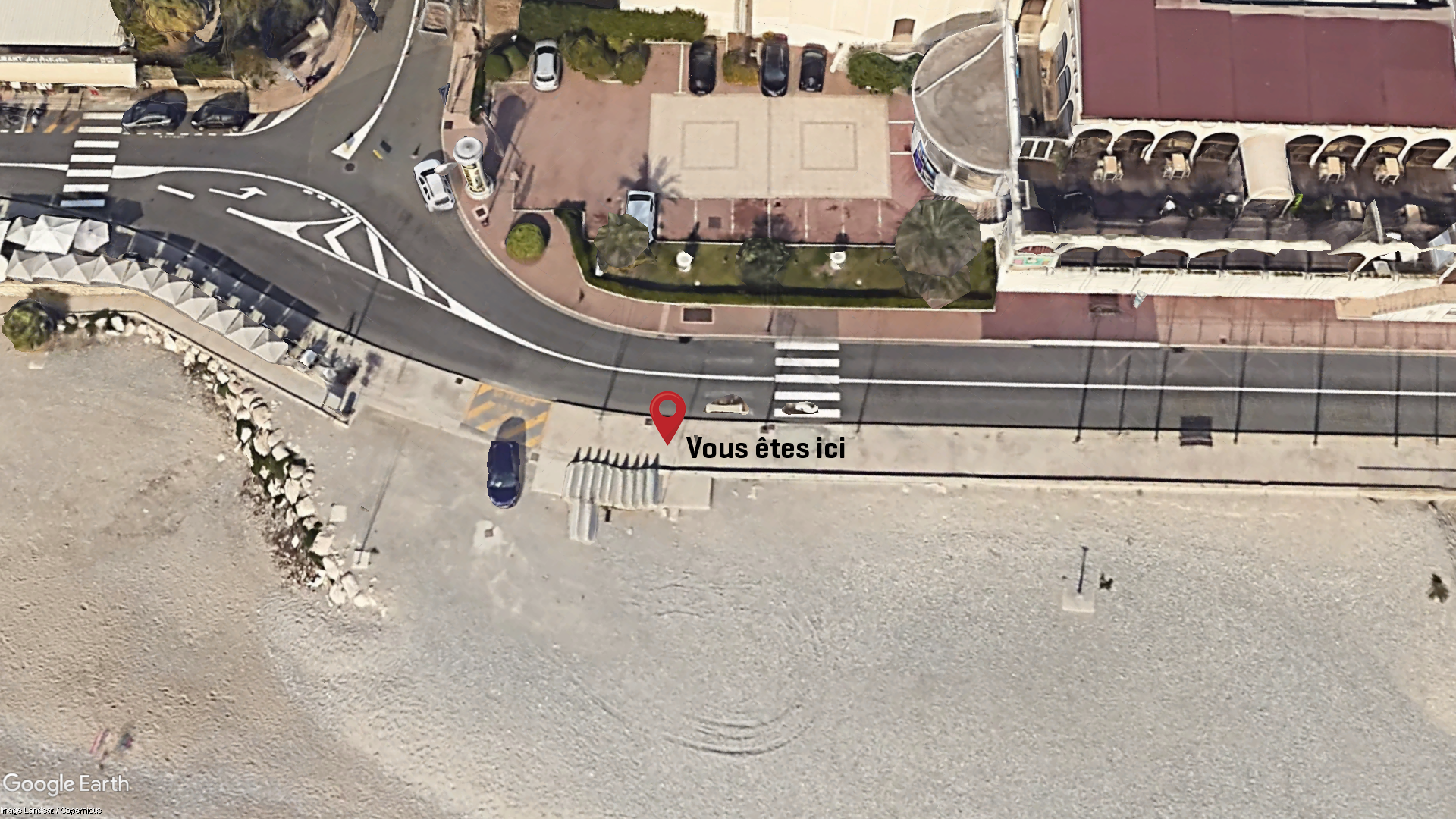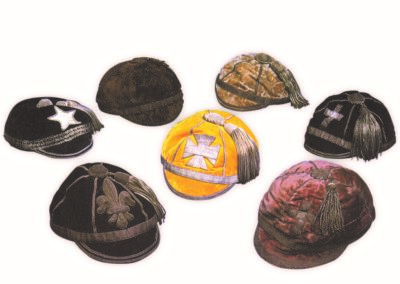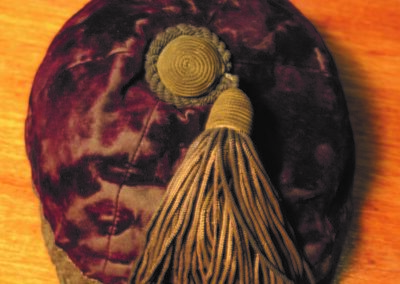5 - Héritage de la Rugby School

Version audio
Version texte
5 – Héritage de la Rugby School
– Première partie : Le ballon de rugby
C’est à William Gilbert, cordonnier de la ville de Rugby, que l’on attribue la fabrication des tout premiers ballons de rugby utilisés par les joueurs de football de la Rugby School au début du 19ème siècle. Il cousait les ballons à la main à partir des vessies de porc, ce qui leur donnait la forme ovale caractéristique des ballons de rugby. On attribue à un autre fabricant de ballons de la ville, Richard Lindon, l’invention de la vessie en caoutchouc et de la pompe à main en cuivre.
– Deuxième partie : La casquette et la « cape »
En 1839, les joueurs de la résidence School House portaient des casquettes en velours rouge lors d’un match auquel assistait la douairière, la reine Adélaïde. La casquette en velours devint un symbole de réusiite des joueurs à la Rugby School et elle fut adoptée comme telle par les clubs anglais, écossais, gallois et irlandais ; puis par les fédérations nationales qui les décernent aux joueurs aorès leur premier match international. La France attribue une casquette, appelée cape, internationale après trois matchs en sélection nationale. Quant à l’IRB, ou International Rugby Board, elle décerne des capes aux joueurs qui jouent les phases finales de la Coupe du monde de rugby.
– Troisième partie : Changement à la mi-temps
Dans le premier match « étranger » opposant deux équipes de 20 joueurs, et joué par la Rugby School le 16 novembre 1867, les 20 de l’école, menés par le capitaine H.W. Badger, rencontrent, sur le terrain appelé « The Close », les 20 menés par M. AC. Harrison. Après trente minutes de jeu, les équipes changent de camp pour permettre aux visiteurs de bénéficier à leur tour du fort vent de sud-ouest. On raconte qu’il s’agit là de l’origine de la mi-temps, ainsi que du changement de côté des joueurs après la pause.
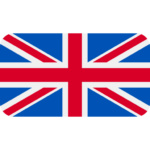
Audio version
Text version
5. Rugby School legacy
– The Rugby ball
It was William Gilbert, a boot and shoe manufacturer in the town of Rugby, who is credited with the making of the earliest rugby balls to be used in the school football game at the beginning of the 19th century. It was made of leather sewn around a pig’s bladder which gave the ball its distinctive oval shape. Another Rugby town ball maker, Richard Lindon, is credited with the invention of the rubber bladder and the brass hand pump.
– The cap
The School House team of 1839 wore red velvet caps during a match attended by the Dowager, Queen Adelaide. The velvet cap became a sign of attainment at Rugby school and was adopted as such by English, Scottish, Welsh and Irish clubs and then by the Unions who award them to players after their first international. France award an international cap after three appearances for the country, and the IRB awards caps to the players who play in the Rugby World Cup finals tournament.
– Half time change
In the first ‘foreign’ 20-a side match played by Rugby School on 16th November 1867, the school XX captained by HW Badger played A.C. Harrison Esq.’s XX on the Close. After thirty minutes the teams changed ends to allow the visitors an equal share of the strong south-westerly wind. It is believed that this is the origin of half-time and players changing ends after the interval.

Versione audio
Versione testuale
5. L’eredità della Rugby School
Il pallone da rugby
A William Gilbert, un calzolaio della città di Rugby, si attribuisce il merito di aver realizzato i primi palloni da rugby utilizzati dai calciatori della Rugby School all’inizio del XIX secolo. Li cucì a mano con vesciche di maiale, dando loro la caratteristica forma ovale dei palloni da rugby. A un altro produttore di palloni della città, Richard Lindon, si attribuisce l’invenzione della vescica di gomma e della pompa manuale in rame.
Il cappellino e la « cape »
Nel 1839, la squadra della residenza School House indossò un cappellino di velluto rosso in occasione di una partita a cui partecipò la regina Adelaide. Il cappellino di velluto divenne un simbolo del successo dei giocatori della Rugby School e fu adottato come tale dai club inglesi, scozzesi, gallesi e irlandesi, e in seguito dalle federazioni nazionali che lo assegnarono ai giocatori dopo la loro prima partita internazionale. La Francia assegna un cappellino internazionale (chiamato « cape ») dopo tre partite della nazionale e l’IRB (International Rugby Board) assegna i « cape » ai giocatori che giocano le finali della Coppa del Mondo di rugby.
Cambio nel primo tempo
Nella prima partita « straniera » tra due squadre di 20 giocatori giocata dalla Rugby School il 16 novembre 1867, i 20 della scuola guidati dal capitano H.W. Badger incontrarono i 20 guidati da A.C. Harrison sul campo chiamato The Close. Dopo trenta minuti di gioco, le squadre cambiarono campo per permettere ai visitatori di affrontare il forte vento da sud-ovest. Si dice che questa sia l’origine dell’intervallo e del cambio di campo dopo la pausa.
Illustrations
Plan
